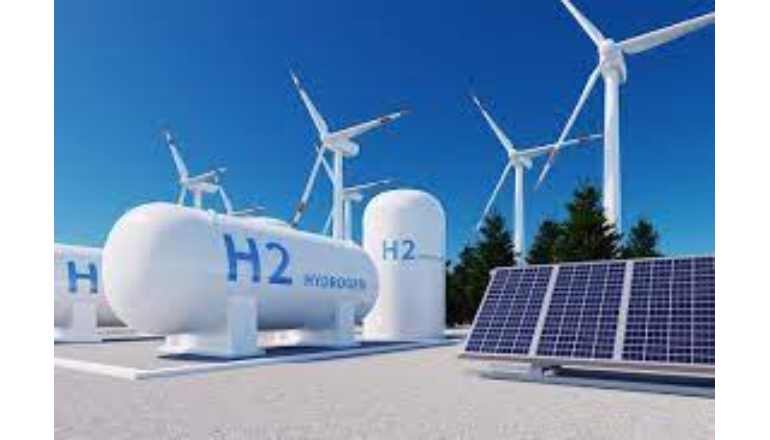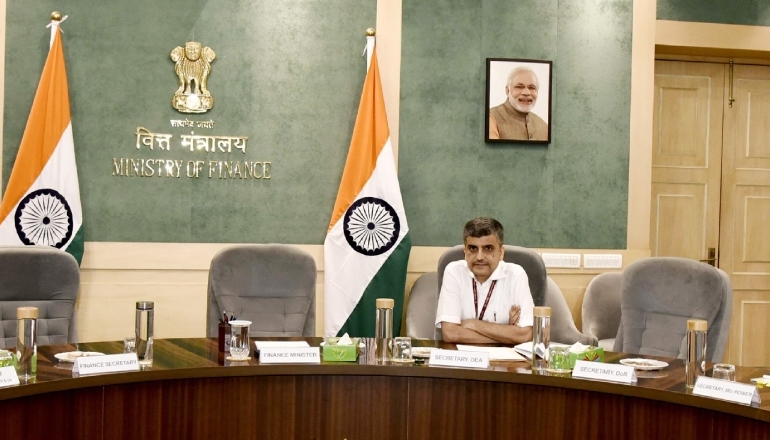Climate change is fuelling a rise in heatwaves, and the human cost, often overlooked, is becoming alarming. While the devastating impacts of monsoon-related floods, landslides, and cloudbursts often dominate the headlines, a silent killer has been steadily rising in India: extreme heatwaves.
The current summer season has seen an increase in heatwaves compared to past years, which is concerning because it indicates that South Asia’s climate crisis is getting worse. 12000 people worldwide lost their lives in climate-related incidents in 2023, a 30% increase over 2022, according to a Save the Children analysis.
In 2023, extreme heat and severe floods ravaged parts of India, with heatwaves becoming significantly more severe. While floods and storms caused the most reported casualties and economic losses, the human cost of heatwaves is undeniable.
The World Meteorological Organization’s (WMO) reports present alarming data. According to the worrisome WMO report “The State of the Climate in Asia 2023,” India has seen a marked rise in climate-related casualties. India reported almost 110 deaths linked to climate change in 2023, a marked increase from the 90 reported in 2022. This is more than just a figure—it’s a representation of lives lost, livelihoods destroyed, and drastically reduced agricultural output.
The Kerala Story:
Five months into 2024, things are still getting worse. Heatwave warnings (also known as orange alerts) and guidelines were issued by several Indian states due to temperatures that have reached over 40 degrees Celsius. These states include Kerala and Maharashtra. The most alarming aspect, however, is the rising death toll.
Kerala, the southernmost state, has already reported heatwave-related deaths, livestock losses, and agricultural produce decline. The state’s animal husbandry department reported a staggering 497 livestock deaths in the last three months alone. Additionally, the Kerala Co-operative Milk Marketing Federation (KCMMF) commonly known as MILMA has recorded a significant dip in milk collection (2 lakh litres). That is not all, the individual cow yields dropped by nearly half their usual yield.
This is just a glimpse into the unfolding tragedy in one state. As reports from other regions emerge, the full scale of the crisis becomes even more apparent, reflecting the harsh reality of the climate emergency we face.
Call for action:
The scorching truth is undeniable: heatwaves are claiming lives with increasing ferocity. But where do we go from here? Are our current policies sufficient to combat this disaster? The answer is a resounding NO. We desperately need more action-oriented policies to safeguard lives, livelihoods, and our very existence from the intensifying grip of climate disasters.
Prioritizing heatwave response: Heat action plans with clear early warning systems, cooling centers, and public awareness campaigns are essential.
Protecting vulnerable populations: The elderly, children and outdoor workers require targeted interventions and social safety nets during heatwaves.
Investing in climate adaptation: Long-term strategies like urban greening, water conservation, and heat-resistant infrastructure are crucial for building a more resilient future.
The way forward:
This is not the time to be complacent. To lessen the catastrophic effects of climate change, we must recognize the increasing number of people who are dying from heat waves and put strong policies into place. Only through decisive action can we hope to protect lives, livelihoods, and our very way of life in the face of this silent but deadly threat.










